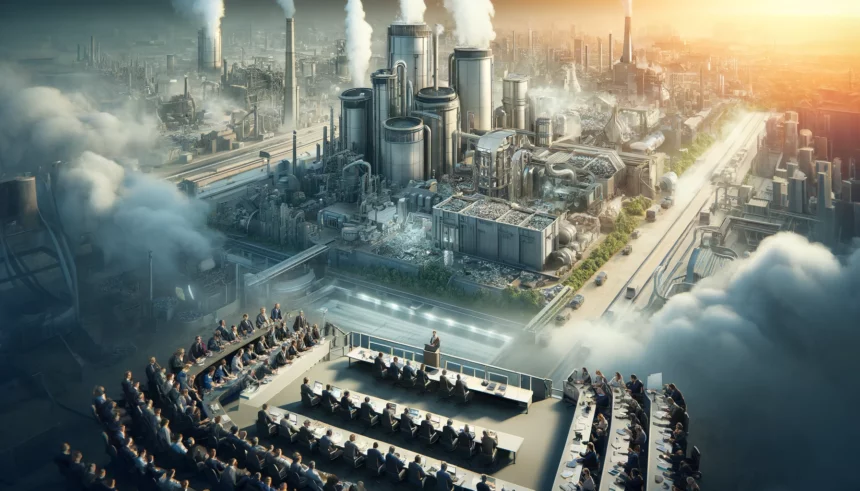The Rising Star of the Green Economy
Metal recycling, particularly of ‘energy-transition metals’ found in batteries, electric vehicles, and renewable energy devices, stands as a golden opportunity in our quest for sustainable development. As we move towards a greener future, recycling these metals is not just a necessity but a strategic imperative that promises substantial growth potential.
Why Focus on Metal Recycling?
1. Bridging the Supply Gap
The energy transition, primarily driven by electrification, demands an immense amount of metals. Traditional sources are becoming insufficient, making recycling an essential alternative to meet these needs without exacerbating primary resource depletion.
2. Reducing Carbon Footprints
Steel and aluminum production are significant contributors to global emissions. By recycling, we can drastically reduce the carbon footprint—by up to 25 times for aluminum and by half for steel compared to their primary production.
3. Enhancing Supply Security
With geopolitical tensions and heavy reliance on specific countries for metal supply, turning to domestically sourced recycled metals can mitigate risks and reduce dependency on uncertain international sources.
The Catalysts for Change
The world is on the brink of a ‘scrap revolution.’ There’s a burgeoning demand for recycled metals, driven by several compelling factors:
- Regulatory Influences: Governments are now crafting policies that encourage the processing and consumption of domestic scrap over imports, fostering a more localized and sustainable approach to metal recycling.
- Market Dynamics: The need for secondary raw materials is increasingly critical, owing to the scarcity of resources and the disruption in trade dynamics. This necessity is pushing for innovation and integration in the recycling industry.
Transformative Trends in Metal Recycling
Rebalancing Supply Chains
Adjustments in policy and market strategies are essential to align secondary metal supply chains with the broader goals of climate change mitigation and resource security. For instance, policies that discourage the export of scrap metal and promote local processing are paving the way for a more balanced trade.
Vertical Integration
Owning larger portions of the recycling value chain can help companies ensure consistent supply, maintain quality, and adhere to regulatory compliance. This approach is exemplified by initiatives like Rio Tinto’s strategic acquisition, which enhances its access to low-carbon, recycled aluminum.
Technological Innovations
Advances in technology are crucial for improving the efficiency and output of recycling processes. Innovations in sorting and processing technologies are making it possible to recover more materials at a lower cost, thereby enabling the recycling of lower-grade scrap that was previously unfeasible.
Economic and Policy Shifts
New regulations and economic policies are redefining the costs and benefits associated with scrap metal. These changes are crucial for making recycled metals more competitive and financially viable in the market.
Conclusion: A Call to Action
The metal recycling industry is at a turning point. With the right investments, policy support, and technological advancements, it can play a pivotal role in our transition to a sustainable economy. The path forward involves embracing new business models, investing in innovative recycling technologies, and supporting policies that promote circular economy practices.
By recognizing and acting on these opportunities, businesses can not only contribute to environmental conservation but also tap into new growth avenues, making metal recycling an opportunity truly too good to waste.
















